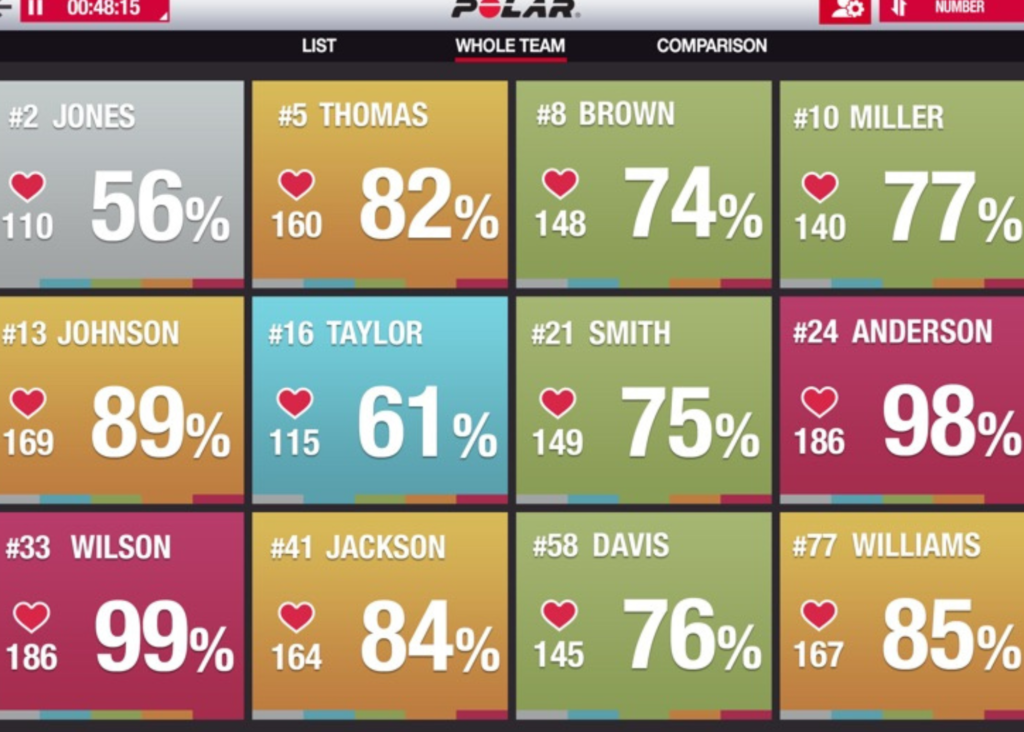CASE STUDY
Utilizing Heart Rate & Heart Rate Variability Training to Decrease Injury Rates in Law Enforcement Trainees
The quickest way to lose high quality officers is to injury them in training. Of course leadership and training instructors don’t wake up each morning thinking to themselves “Hmm, I wonder which trainee I can injure in training today?” (Or at least we hope they don’t!) But if you’re pushing your trainees too hard and well beyond their capacity to adapt, you’re likely shooting yourself and your training academy in the proverbial foot.

A study published in BMC Sports Science, Medicine and Rehabilitation (Maupin et al., 20227) showed that 1 in 3 law enforcement recruits experience a training injury during their academy training. A whoping 56% of these injuries occured during physical training.
Don’t get us wrong, we’re ALL about pushing folks to their limits so they can optimize their performance. (That’s literally what we do around here…) In fact, we encourage you to help your trainees find their mental and physical limits. But if you’re going to do that, you should be using objective measures of performance to ensure your physical training program is maximizing each individual trainee’s progress rather than just breaking them off without justifiable reason.
The Problem
Law Enforcement trainees were experiencing high injury rates during their Basic Law Enforcement Training academy which cause attrition rates to skyrocket.
- Lack of physical fitness coming into the academy was causing overtraining injuries (multiple instances of rhabdo).
- High dropout and recycle rates during the academy due to overtraining injuries (muscle strains and sprains).

Our Solution
The Outcome

The Takeaways
Here are three key things you need to know about implementing an HR/HRV training protocol:
Trainees get better faster. By utlizing the HR/HRV training protocol, trainees were able to improve their physical strength and edurance capabilies faster. Utilizing readiness scores allowed training cadre to push trainees to the peak of their capability and then back off before risking injury. This allowed trainees to quickly and effectively adapt to the physical training load faster and push their bodies and minds harder.
Reduce or eliminate overtraining and overuse injuries. Being able to objectively see how hard trainees can work, this allows for maximum work output and minimimal risk for injury. Without overtraining and overuse injuries, there are fewer training setbacks due to trainees being unable to participate in training events or an inability to handle the physical training load.
Maintain or improve your standard. When you utilize objective-based HR/HRV measures, you give your training cadre the evidence they need to push trainees to their individual limit in order to maximize training output. This means that you can maintain or increase your academy standards without having to worry about trainees dropping out due to injury.
